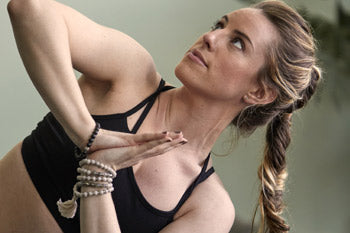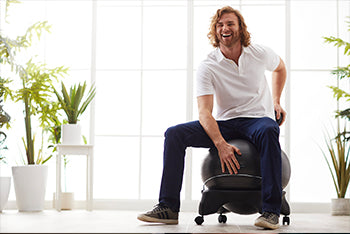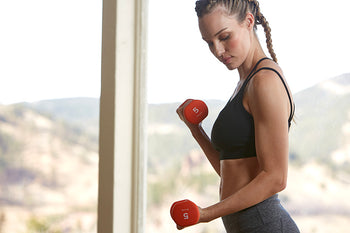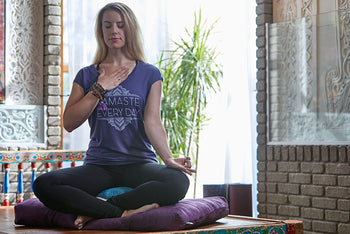From Mantras to Monasteries
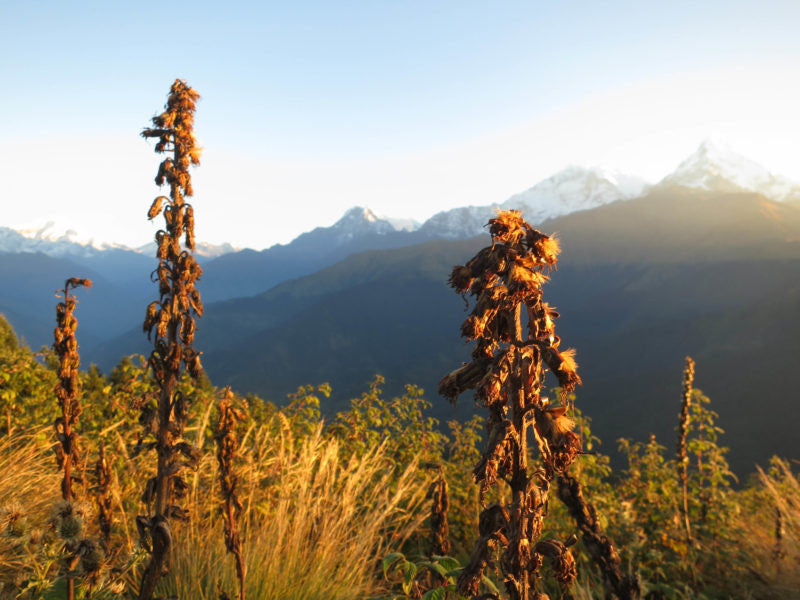
Author: Cindy Wei
The Sanskrit word "gu" refers to ignorance or darkness.
"Ru" means someone who takes something away.
"Guru": a person who removes ignorance, or in other words, teaches awareness
As you can probably imagine, yoga on the other side of the world is almost a whole different world. The birthplace of Buddha and home to a living goddess, countless monasteries, and the world’s highest peak, landlocked Nepal is probably second only to India when it comes to spiritual retreats. On July 1, 2016, I left my home in the clean and quiet Coquitlam, BC, and took off on a 30-hour journey to the earthquake-ravaged Kathmandu—an adventure that changed my view of yoga and the world. Although every morning was spent at a hectic pediatric hospital, I had afternoons to myself, dedicated to exploring, relaxing, and learning. Throughout the month, I attended twelve yoga classes at four different ashrams, or studios, and made some observations that helped me realize what a remarkable, resilient country Nepal is.
- Classes are cheaper. I’ll be honest—as a broke university student, saving money while traveling is one of my top priorities. Once I discovered that yoga classes in Nepal cost around 700 rupees ($10 USD) for 75-90 minutes, I was convinced to sign up.
- 95% of instructors are male. While I can only name one male yoga teacher after two years of practicing in Canada, the ratio of male-female instructors is entirely reversed in Nepal. Out of a different dozen classes at four studios in Kathmandu and Pokhara, I’d encountered only one female guru. The others were tall, slim men with extraordinary flexibility and calming voices.
- Classes have fewer students. Most of the yoga classes I’ve done in Canada, whether hot power yoga or de-stressing yin sessions, have between twenty and thirty students. In Nepal, I was shocked to discover that classes never had more than four students. At least five of the yoga classes I’d attended were private.
- There are types of yoga that I’ve never heard of, many of them focusing solely on the breath. When the class I’d showed up to was cancelled one afternoon, I was eager to get my workout fix from Kundalini Yoga. Imagine my surprise when the guru commanded me to lie in crocodile pose for five minutes before breathing in short, loud exhales to awaken every chakra. The entire two-hour class was composed of odd breathing techniques and effortless asanas. I was slightly irritated that Kundalini wasn’t intense or interesting—until I started savasana at the end of class. As I lay on my back, eyes closed, I experienced a warm, magnetic feeling—as if he’d worn heated gloves and gently placed them on my head, fingers, stomach, and feet. After what seemed like half an hour of the heat and tingly sensation, the guru declared that he hadn’t touched me at all. The warmth, he explained, was simply the energy created by my yoga practice.
- There is no such thing as special yoga clothing. As someone whose wardrobe looks like the athletics aisle at Winners (with just a couple Lululemon sweaters thrown in, since I’m broke), I dress like the majority of young female yogis in North America. Yogis in Nepal, on the other hand, don comfortable sweatpants and breathable t-shirts. Some women even practice yoga in traditional saris, simply because yoga is part of their everyday life.
- There are never mirrors or music. Is a yoga studio without mirrors still a yoga studio? Is a class without music still an official class? In Nepal, ashrams were small, dimly lit rooms, with candles placed strategically around the room to illuminate the beautiful and intricate shrines in front. Without music, the rooms are eerily quiet until the teacher begins to chant or teach.
- Chanting is always involved. In every single yoga class that I tried in Nepal, three long, vibrating "oms" were done at the beginning and end of each class. One guru taught me that there are three parts of each "om": the "au" which comes from the belly, the "oh" from the throat, and the ‘mmm’ from the crown of the head. "Om" is considered to be the sound of the universe, the first sound ever known.
- Poses are held for longer and done at a slower pace, with more repetition. Regardless of the type of yoga, from hatha to ashtanga, instructors ensure that each pose is done for an extended amount of time, multiple times. I was once told that “the human body craves repetition and responds best to it.”
- Savasana, the lying-down corpse pose taken at the end of each class, is a minimum of 10 minutes. During this time, some gurus are silent. Others lead meditations by encouraging us to focus on a single body part or to sink into a deeper state of relaxation. One of my favourite instructors spent fifteen minutes describing the experience of soaring above a dreamlike world of emerald grass, clear and sunny skies, and fields of vivid flowers. It is believed that savasana, rather than the movement component of the practice, is when one’s mind and body make improvements, such as building muscle or letting go of stress.
- Special rituals are done after before and after yoga. When setting up mats at the start of class, each mat must be lined up for “good vibrations.” Before my hatha yoga classes, the instructor stunned me by telling everyone to stand up and jump side-to-side quickly, exhaling in short puffs with every jump to “clear the body of toxins.” This went on for around five minutes before we were seated once again, breathing and preparing for our first postures. One of my favourite things to do after savasana was sit up, rub my hands together to create heat, and place my palms over my eyes. Nearly every instructor did this. The purpose? Massaging our faces and necks using the energy formed during the practice is meant to heal the mind.
After doing yoga in Nepali ashrams several times a week, I realized that yoga has the ability to unite people from all over the globe. Perhaps due to the fact that it is merely human nature to seek good health and emotional freedom. Today, I feel inspired to observe how humans around the world have embraced this empowering practice, and how we continue to help it evolve.
Also in Blog

Body Peace & Personal Empowerment

Yoga for Swimmers: Poses for Strength and Mobility


